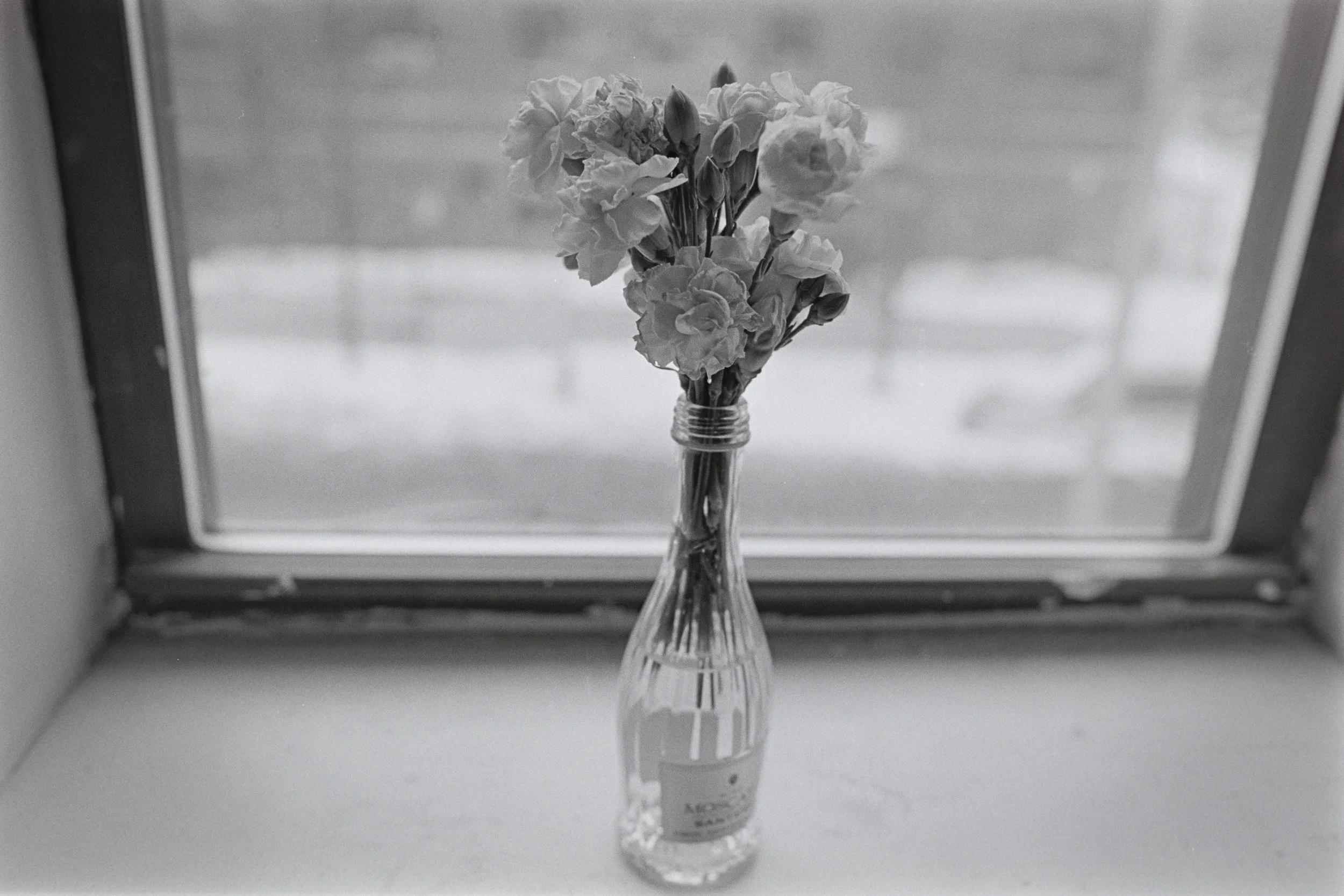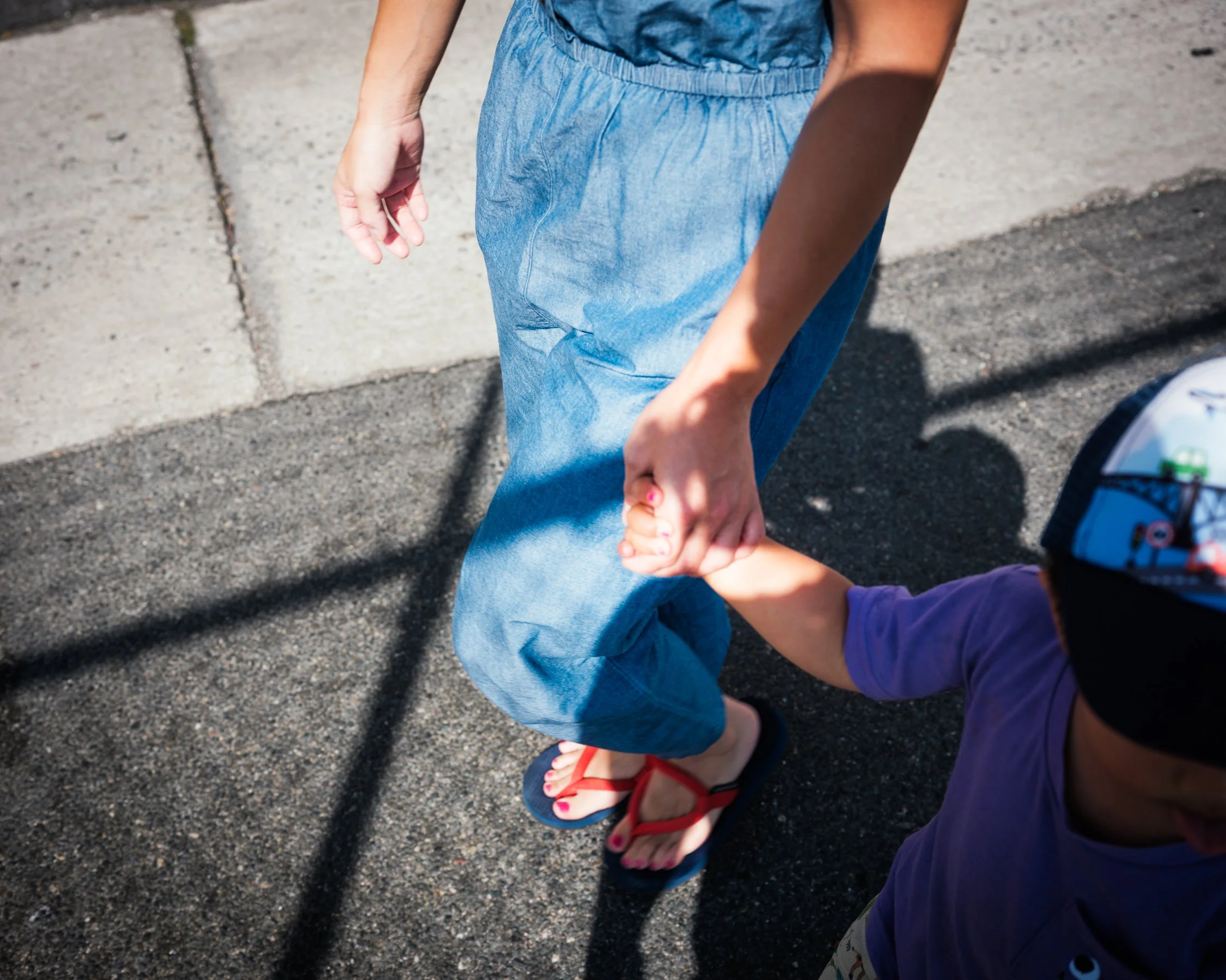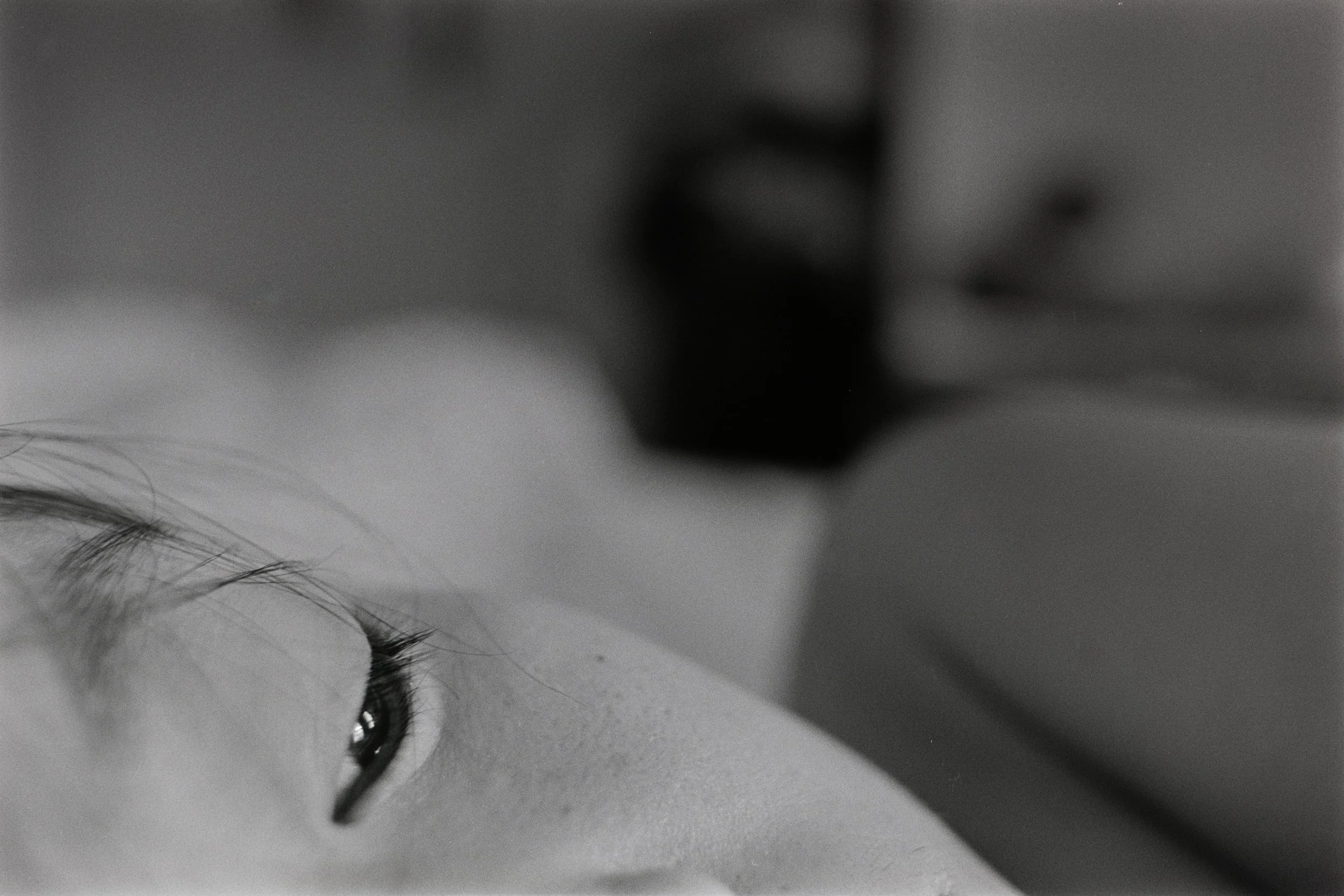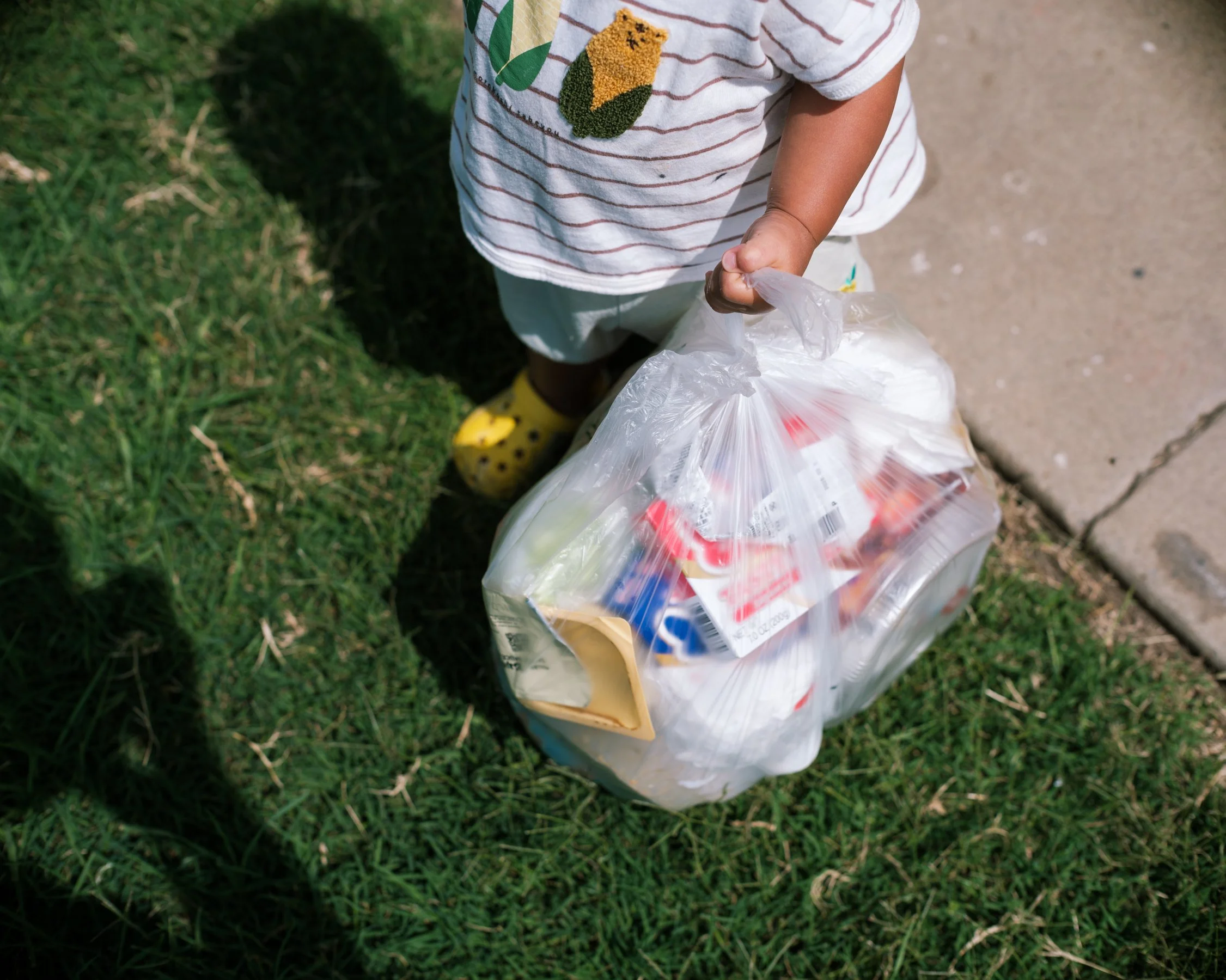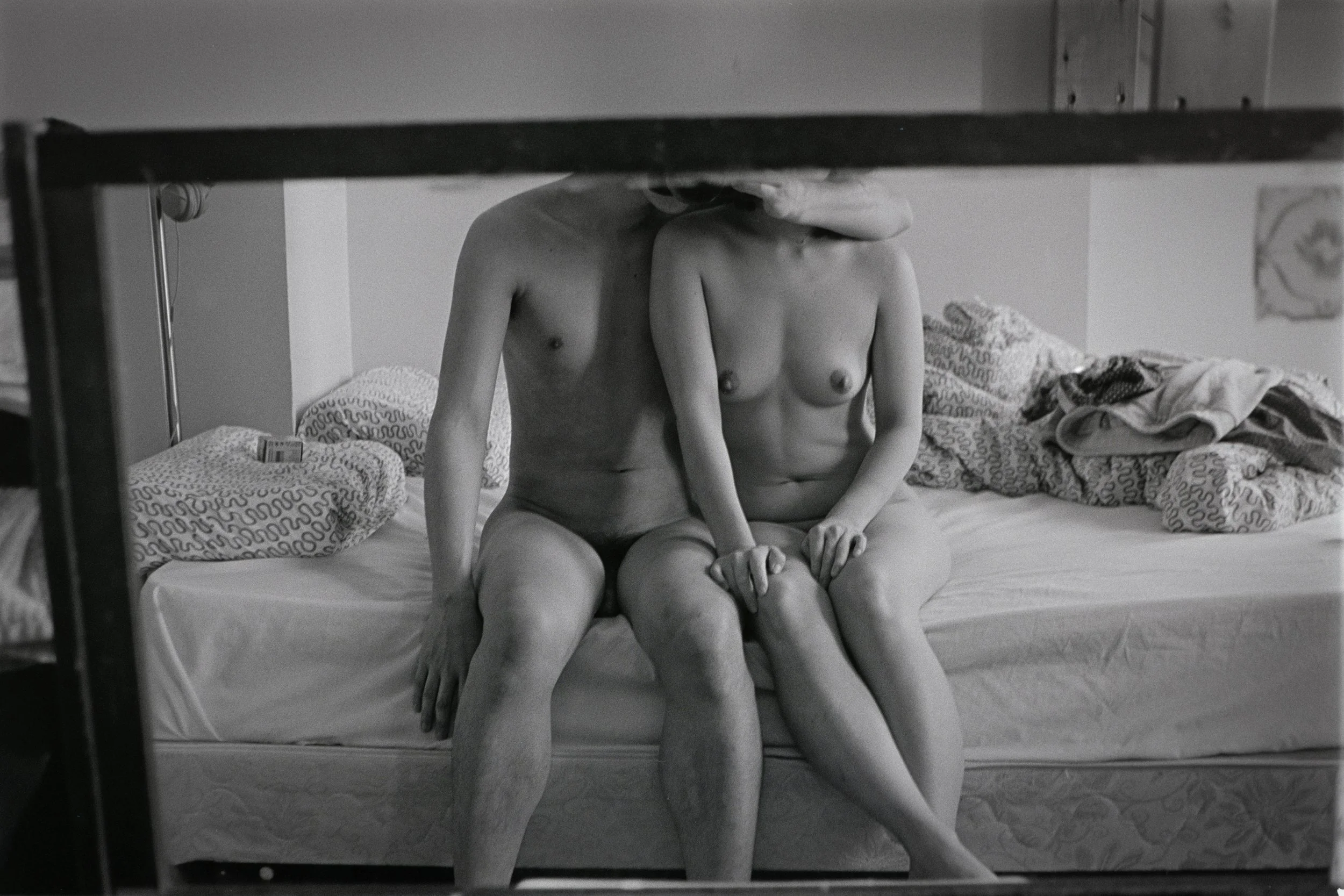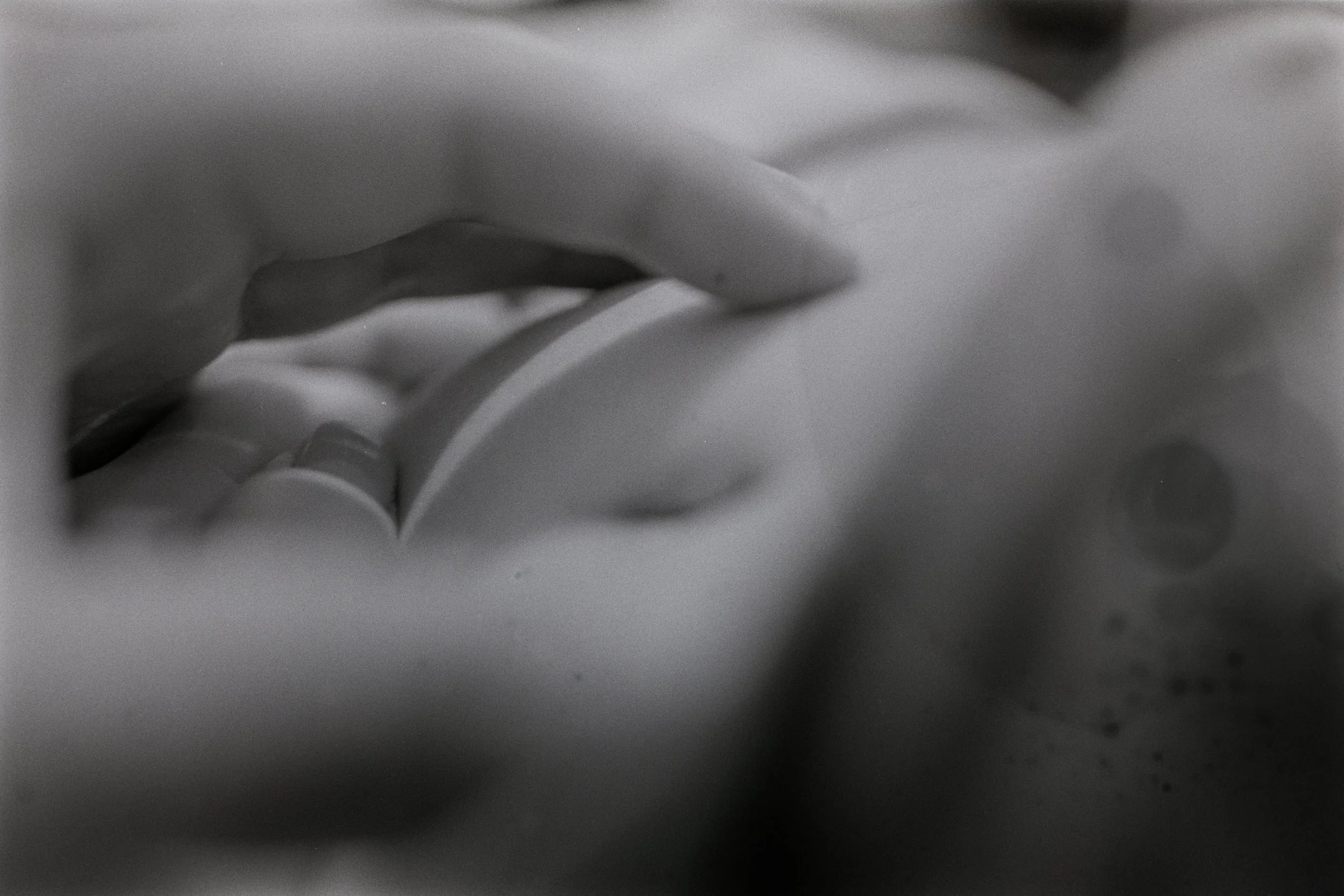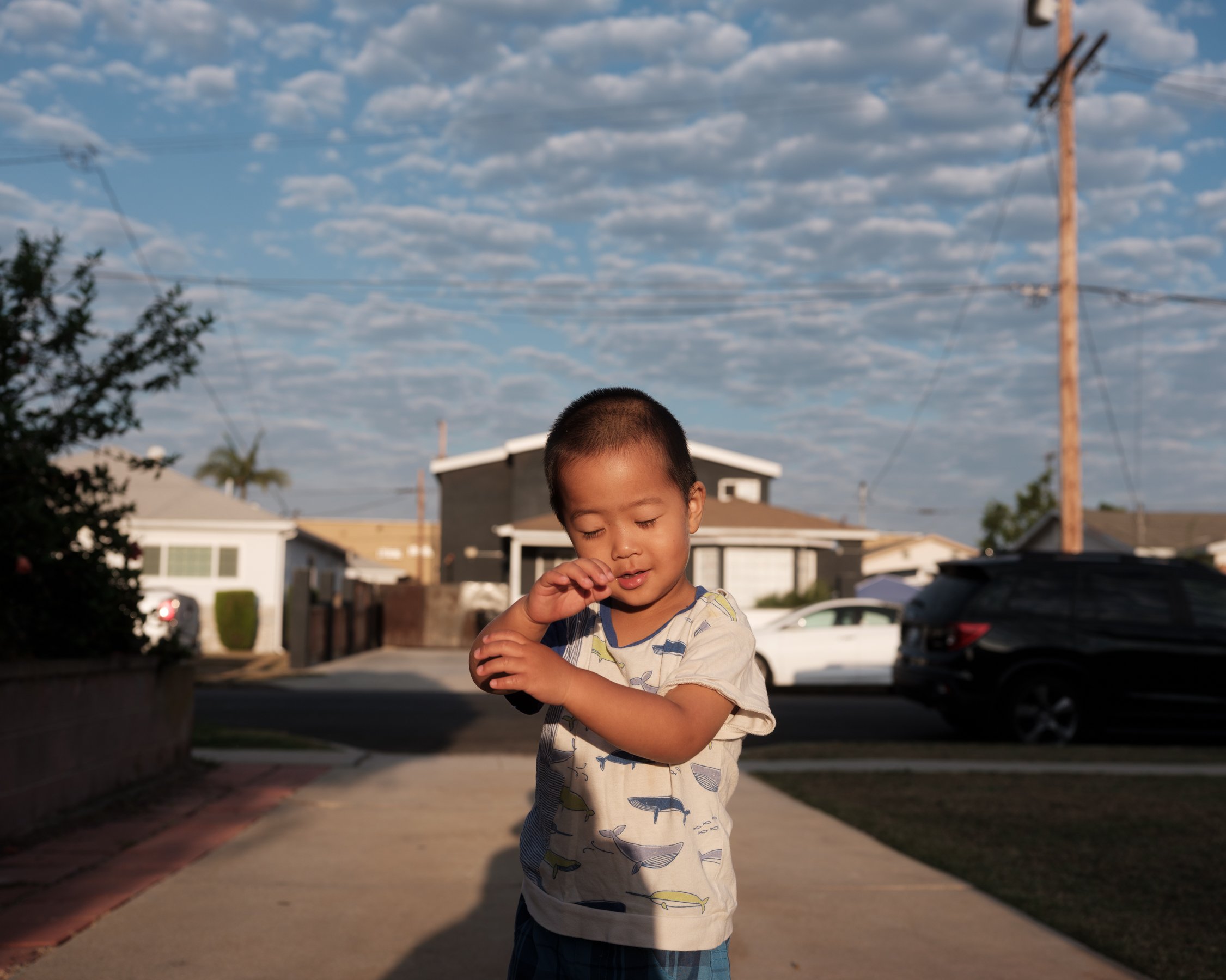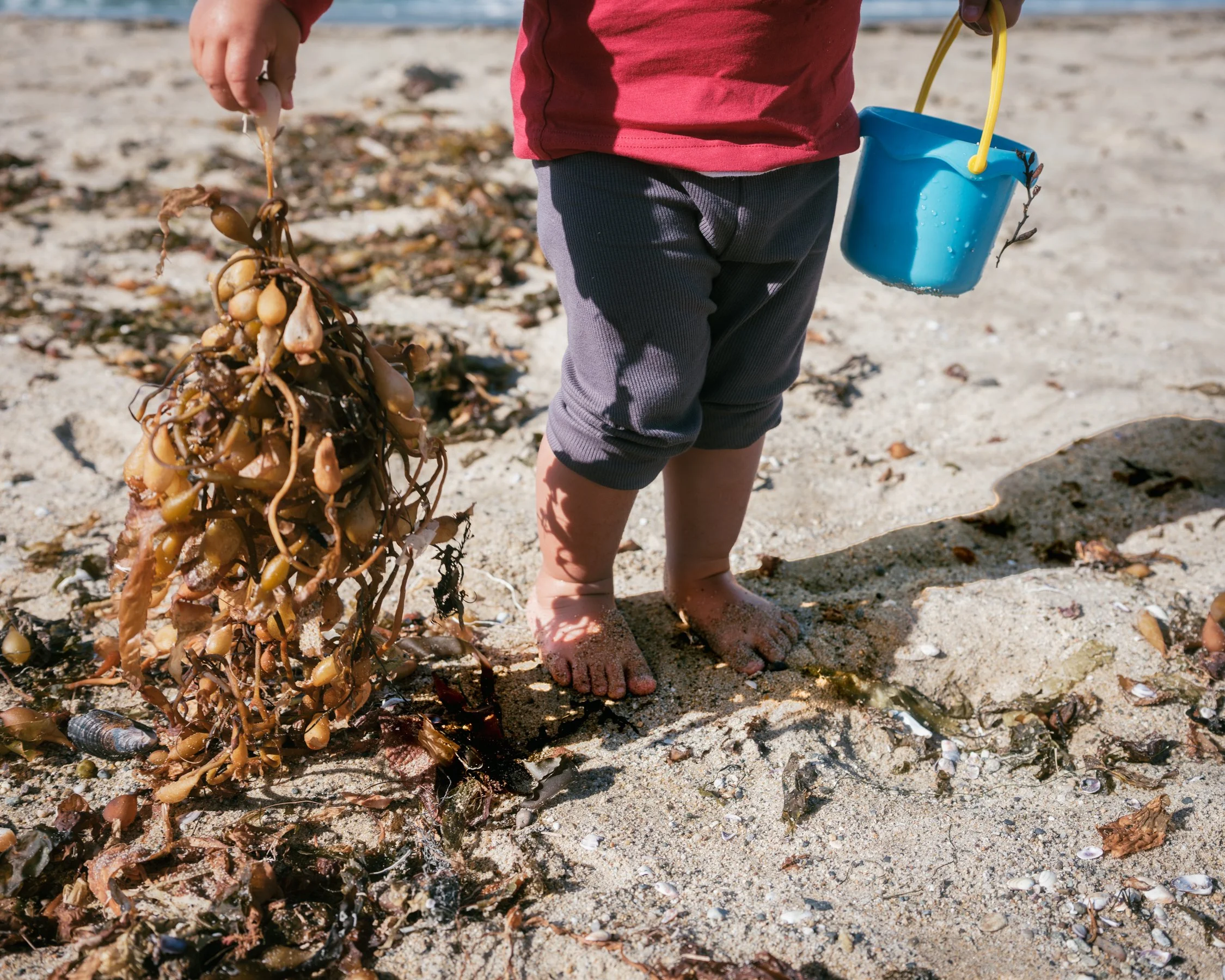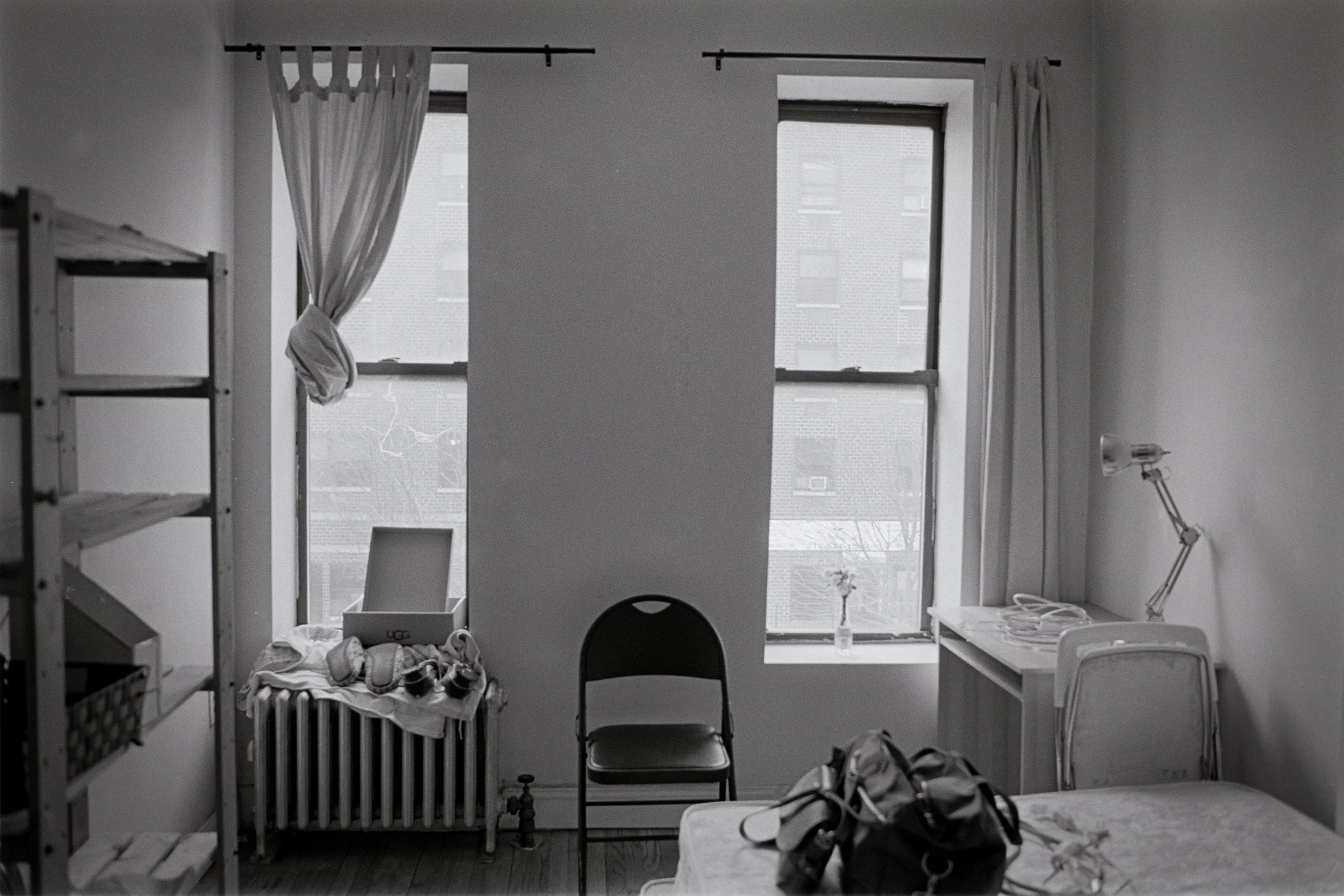Without Why
Photographs on the ethics of being beside.
This series began in New York, when I still believed a camera could save someone I loved.
When she asked, “If I die, will you be famous?”, I put the camera down and stayed.
Years later, after our son was born, I picked it up again—not to explain or correct anything, but to keep faith with the fragile fact of being here together.
The pictures move between two temporal climates: the earlier monochrome rooms and streets where attention pressed against pain, and the later color surfaces of domestic light and weather. They do not argue; they attest. Each frame is a trace of standing beside rather than standing over.
I learned that love is not a reason but an intention. One night my son asked, “Why do you love me?” and I said, “There is no reason.” Without Why names that stance: to affirm presence without turning it into a lesson or a proof.
In a time when images can be manufactured without looking, I hold to the slow, bodily rhythm of photographing. The camera is not a cure or a verdict; it is a way to remain—quietly—with another. These pictures are the residue of that remaining.
―― そばに在ることの倫理についての写真。
このシリーズはニューヨークで始まった。私は、愛する人を写真で救えると信じていた。
「私が死んだら、あなたは有名になれる?」――そう問われたとき、私はシャッターを止め、そばにいることを選んだ。
やがて息子が生まれ、私はもう一度カメラを手に取った。何かを説明したり正したりするためではなく、〈ここに一緒にいる〉という脆い事実に、もう一度静かに忠実であるために。
写真は二つの時間の気候を行き来する。痛みに触れていた頃のモノクロの部屋と街路、のちの生活の光や天候の色。これらは主張しない。証言する。フレームごとに、支配するのではなく〈となりに立つ〉という行為の痕跡が残っている。
愛は理由ではなく意志だと知った。ある夜、息子が「どうして愛してるの?」と問うたとき、私は「理由はない」と答えた。Without Why は、その姿勢の名――存在を、証明や教訓に変えずに肯定すること。
見なくても画像が作れてしまう時代に、私は手で撮るという遅い身体のリズムにとどまる。カメラは治療でも裁きでもない。誰かと〈ともにいる〉ための方法である。ここにある写真は、その滞在の残滓だ。

